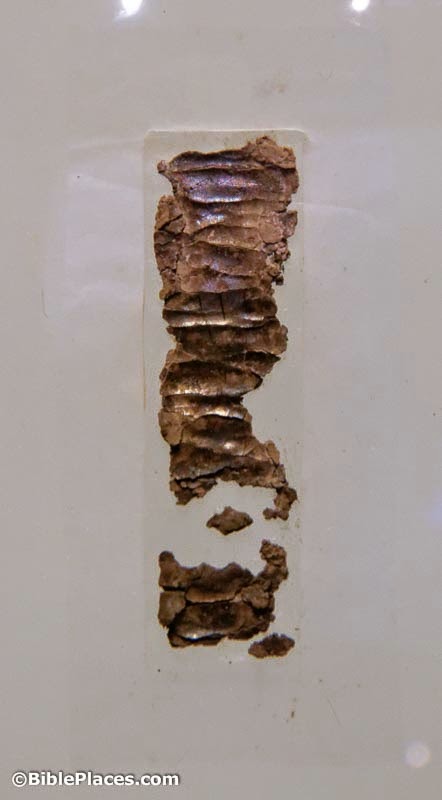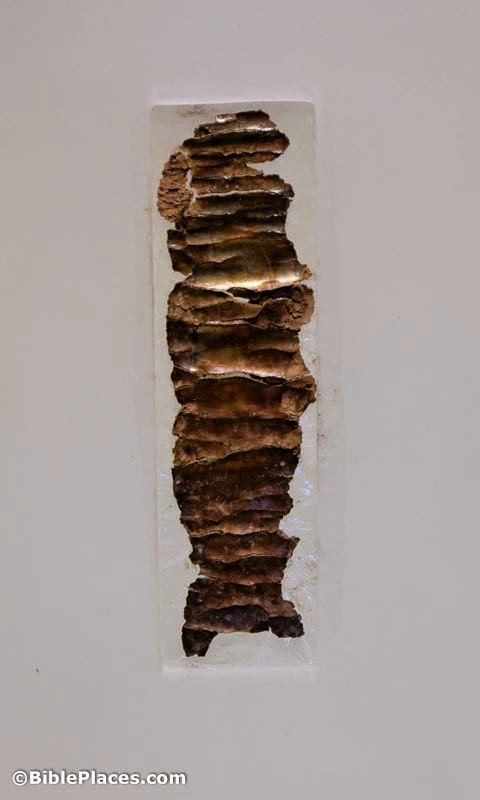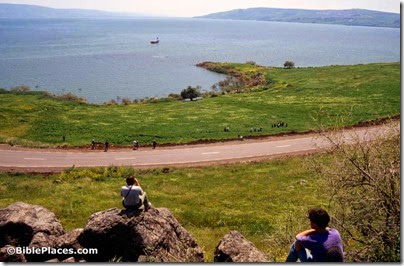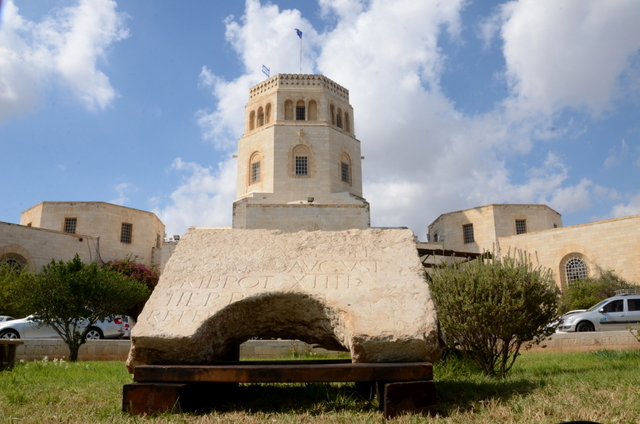From the Israel Antiquities Authority:
A rare find of tremendous historical significance was discovered in Jerusalem: a fragment of a stone engraved with an official Latin inscription dedicated to the Roman emperor Hadrian. Researchers believe this is among the most important Latin inscriptions ever discovered in Jerusalem.
During the past year the Israel Antiquities Authority conducted salvage excavations in several areas north of Damascus Gate. In one of those areas a stone fragment bearing an official Latin inscription from the Roman period was discovered. According to Dr. Rina Avner and Roie Greenwald, excavation directors on behalf of the Israel Antiquities Authority, “We found the inscription incorporated in secondary use around the opening of a deep cistern. In antiquity, as today, it was customary to recycle building materials and the official inscription was evidently removed from its original location and integrated in a floor for the practical purpose of building the cistern.
Furthermore, in order to fit it with the capstone, the bottom part of the inscription was sawed round.”
Upon finding the inscription it was immediately clear to the excavators that they had uncovered an especially significant discovery, as indicated by the size and clarity of the letters.
The inscriptions, consisting of six lines of Latin text engraved on hard limestone, was read and translated by Avner Ecker and Hannah Cotton of the Hebrew University of Jerusalem. The English translation of the inscription is as follows: (1st hand) To the Imperator Caesar Traianus Hadrianus Augustus, son of the deified Traianus Parthicus, grandson of the deified Nerva, high priest, invested with tribunician power for the 14th time, consul for the third time, father of the country (dedicated by) the 10th legion Fretensis (2nd hand) Antoniniana.
According to Ecker and Cotton, “This inscription was dedicated by Legio X Fretensis to the emperor
Hadrian in the year 129/130 CE.” Their analysis shows that the fragment of the inscription revealed by the IAA archaeologists is none other than the right half of a complete inscription, the other part of which was discovered nearby in the late nineteenth century and was published by the pre-eminent French archaeologist Charles Clermont-Ganneau. That stone is currently on display in the courtyard of Studium Biblicum Franciscanum Museum.
The full press release is here. The Times of Israel carries the story with more photos (only the last one gives you a sense of the inscription’s size). The Jerusalem Post has a 1-minute video without sound.
UPDATE: Joseph Lauer has sent some new information, including a link to four high-resolution photos and a link to an illustrated and informative post by Leen Ritmeyer.
Hadrianic inscription on display in front of the Rockefeller Museum Photograph by Yoli Shwartz, courtesy of the Israel Antiquities Authority




